By Peter Schurmann. Ethnic Media Services. Translation Pamela Cruz.
High school rodeo participants say the patience and courage that comes with caring for and training horses can help curb the impulses that lead to bullying.
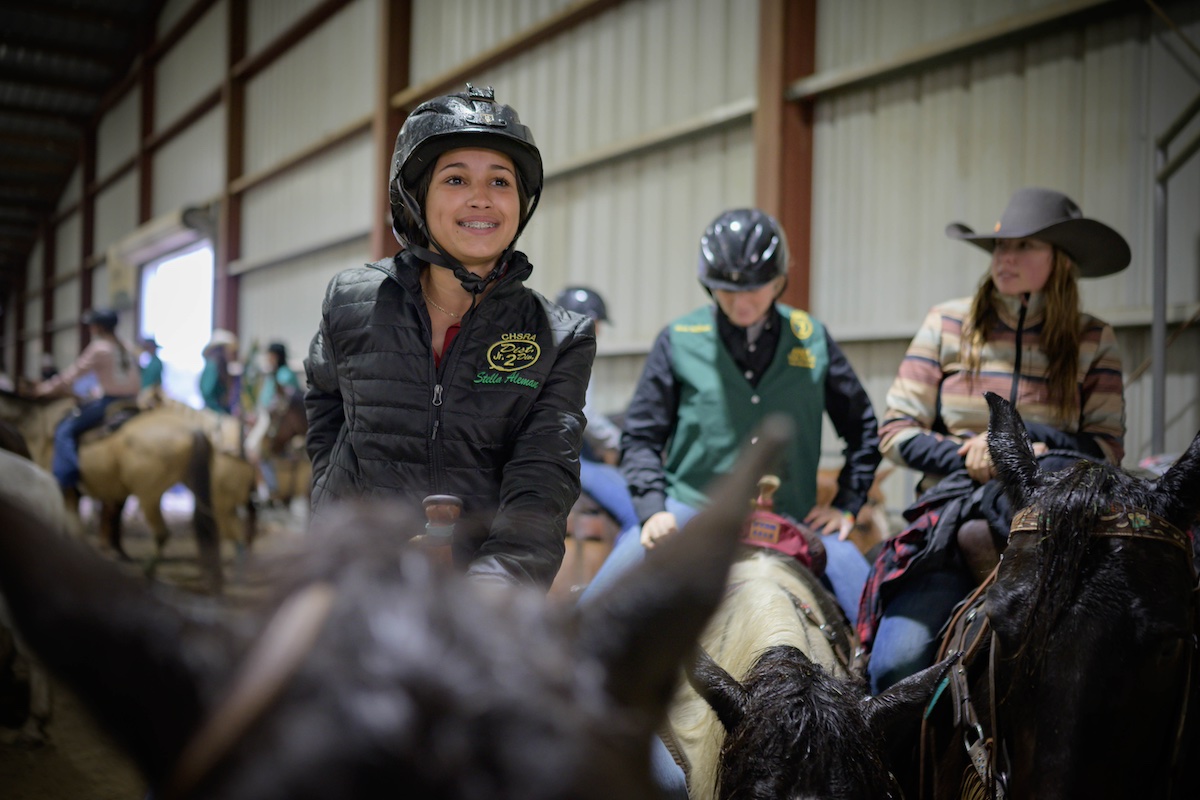
It's tournament day in Corning, a small town about an hour north of Sacramento. Helmets and boots squelch in the mud on a rainy Saturday as more than 100 competitors prepare for a series of events, from roping to cutting, pole bending and brave cattle.
Thirteen-year-old Stella Alemán smiles and her eyes sparkle as she rides her horse, Ice Baby, amid a group of giddy cowgirls.
Radiating confidence, you would never know that just weeks before he had been the target of a cruel campaign of intimidation. ?I was getting harassed for riding horses, people called me horse girl or cowgirl. People were shouting 'yee haw' around me, thinking it was funny,' he remembers. ?It made me feel like I wasn't normal. Did it make me not want to do this anymore?
Stella's mother, Andrea Alemán, is a registered nurse in Clear Lake, a town 60 miles south in Lake County. "It was very, very difficult," she says with tears in her eyes as she describes her daughter's struggle over the past few months. The threats became so constant that Stella had to be taken out of school and put into independent study. In the end the local police intervened. ?My daughter is very small? Did they threaten to beat her?
Bullying can leave lasting scars for both victims and perpetrators, affecting grades, graduation rates, and even future employment and career opportunities. In the worst case, it can lead to severe depression or suicidal ideation.
More than 30 percent of California students reported having been victims of bullying ??at least once between 2016 and 2020, according to data from the California Healthy Kids Survey. And although race or sexual orientation are often triggering factors, in Stella's case it was for her participation in the rodeo.
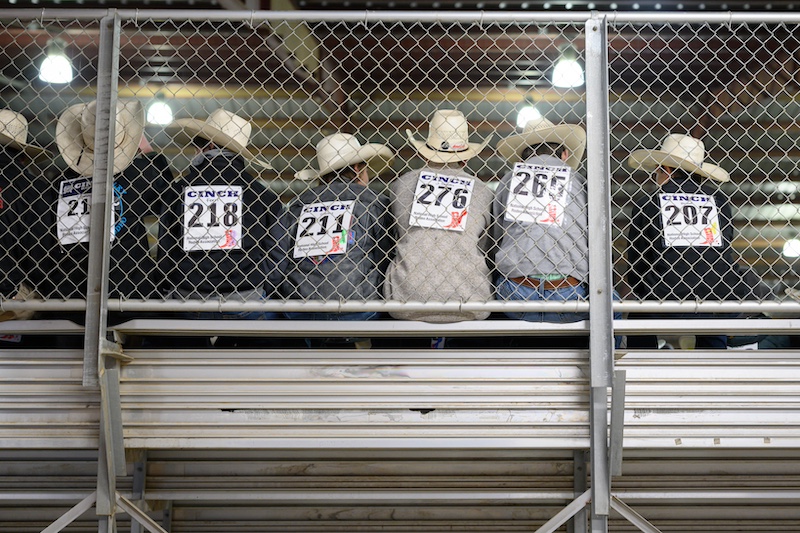
A year-round lifestyle
Despite its popularity (43 million Americans identify as rodeo fans, according to the Professional Rodeo Cowboys Association), the equestrian sport remains niche among California youth. The California High School Rodeo Association (CHSRA) has about 800 members statewide.
The cost (up to $10,000 per year per horse in California), the commitment and time required to properly care for and train the animals, plus the travel involved in participating in state and national tournaments, are just some of the limiting factors. .
However, if their immersion in rodeo sets them apart, the irony is that the high school rodeo community sees itself as rooted in a tradition that grew out of the cattle ranches that have long been a mainstay, even defined , of much of California's rural economy, especially in the north. Far from being outliers, people here (young and old) will tell you that they are holding on to something precious, a bulwark against a hyper-digitized and increasingly invasive urban world.
For the past 10 years, Marco Luna has served as president of CHSRA District 2, which extends from the counties adjacent to the Bay Area, Marin and Sonoma, to Humboldt and Del Norte in the far north (there are 9 districts in total in California). A retired police officer and son of Mexican immigrants, he spends his time tending to his ranch in Humboldt when he's not herding rodeo families to and from competitions.
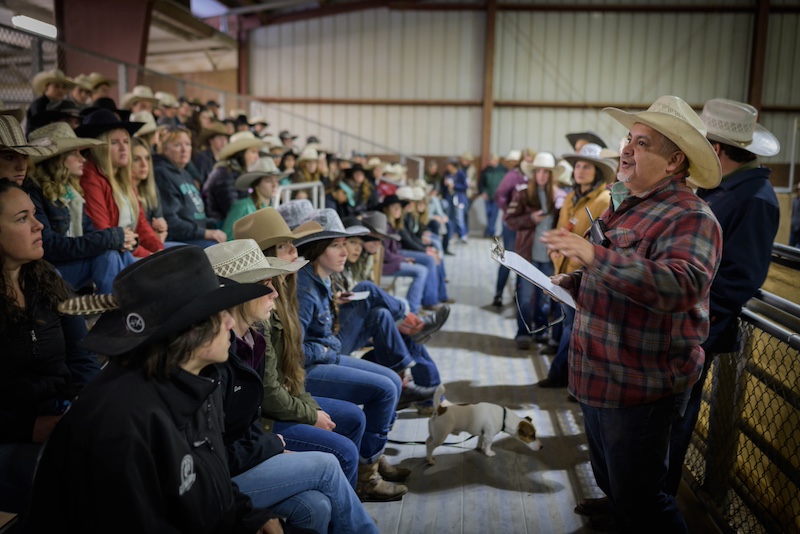
Unlike seasonal sports like basketball or baseball, he says, rodeo is a ?lifestyle? which is practiced throughout the year and requires commitment and dedication.
There is the daily feeding, the brushing, the training, the bonding. Horses "have to be your friends," he emphasizes, a relationship that Luna describes as "therapeutic." for the young people involved. Recognizing its value, universities like Cal Poly Humboldt are now considering adding rodeo to their sports program, Luna says.
“Some children struggle in school, in life, in their family environment, and this is their way out,” he continues. “These kids build those bonds with these animals and then they go out and compete.”
A culture of care
In California, efforts to reduce or prevent bullying abound, many of them focused on education and awareness about the harm that bullying can cause. For Luna, the magic of high school rodeo comes through the connection that kids share with their horses and the values that extend from there, values that he believes can help curb the impulses that lead to bullying. first of all.
Competitors sign codes of conduct as well as social media contracts, plus they must keep their ratings high. If you do not meet any of these, you will not be able to compete. “We want them to go out and become good public citizens,” Luna says.
It's that culture of care that prompted 16-year-old Gracelyn Minic-Hayes to headline a Blue Up Day tournament in honor of National Bullying Prevention Month in October. "I was cyberbullied by anonymous accounts, which means I have no idea who they were," says Minic-Hayes, this year's District 2 queen, adding that she was targeted due to a minor speech impediment.
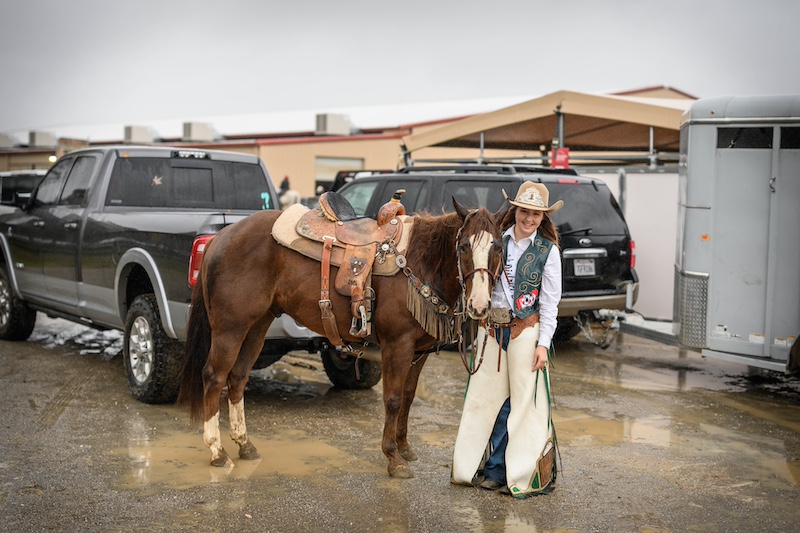
Things got so bad, she says, that she began to feel anxious walking into school, not knowing who was attacking her. ?But I knew when I came into the rodeo, everyone just loved you. There was no harassment here?
Minic-Hayes is aware that children like Stella are being harassed for their participation in the rodeo. “We're different, we're weird, and our views don't match theirs,” he says, which is partly why he launched the Blue Up Day event. “At the end of the day, bullies are just trying to bring you down.” . But here you can learn, grow and be yourself. And I thought some of our kids in our district might need a reminder?
?My best friends?
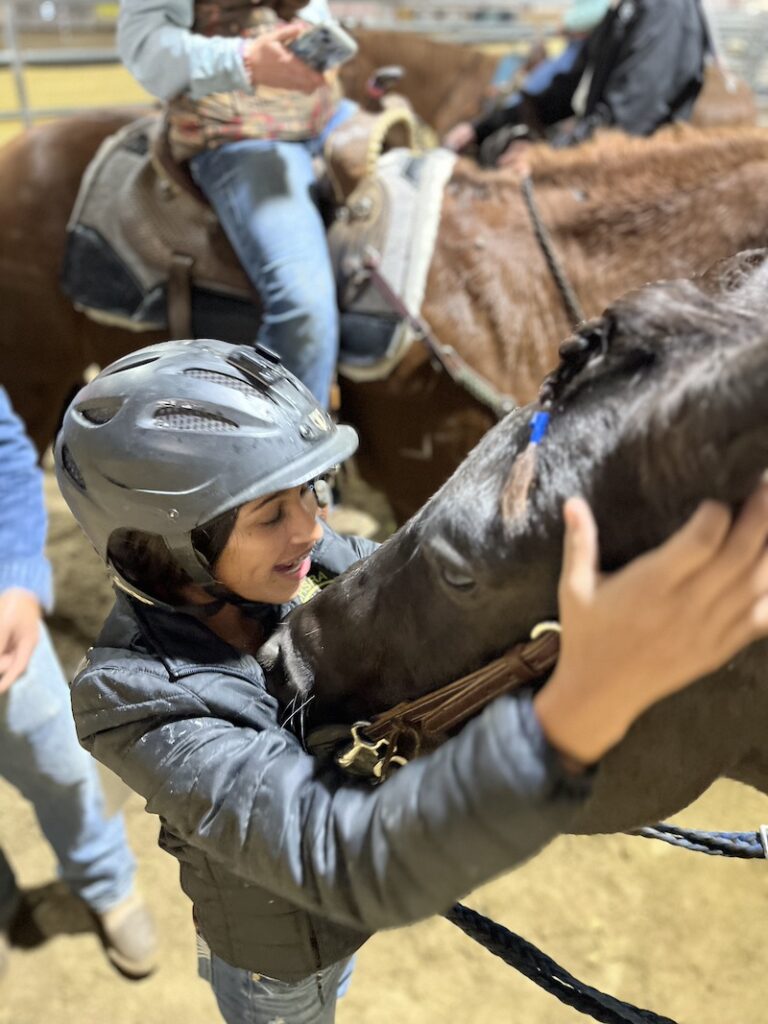
Stella jumps off of Ice Baby and takes his front paw in her hands. The contrast is striking: this powerful animal towers over a tiny teenage girl who, with practiced confidence, gently rubs her before taking her snout in her hands and planting a kiss. Ice Baby leans towards another.
Weeks earlier, Stella's Instagram account, which had about 3,000 followers, had been closed after someone complained about animal abuse. Animal rights activists have long pushed for a statewide ban on rodeo. Los Angeles seemed ready Tuesday to join San Francisco and Pasadena in ban rodeo events within the city limits.
As Stella tells it, school bullies and activists become almost synonymous with a world that sees their passion as something to be ridiculed or taken away entirely.
“It was very difficult to get over it,” he says. ?Then I realized that it doesn't matter if other people harass me, because I have a big family here. Did it really help me get over it?
And he adds: “These horses are like my best friends.”
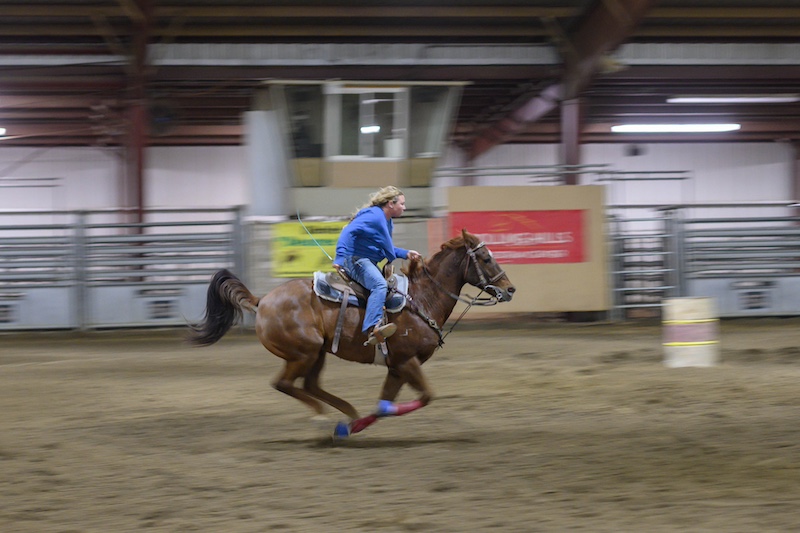
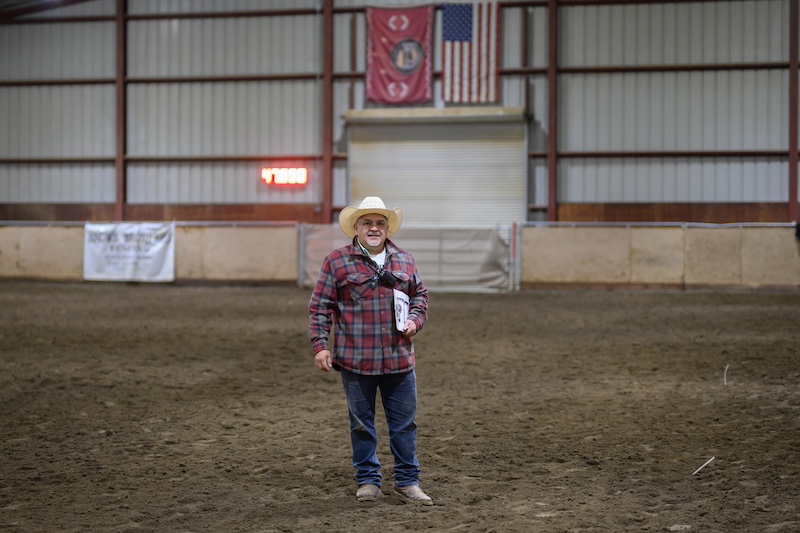
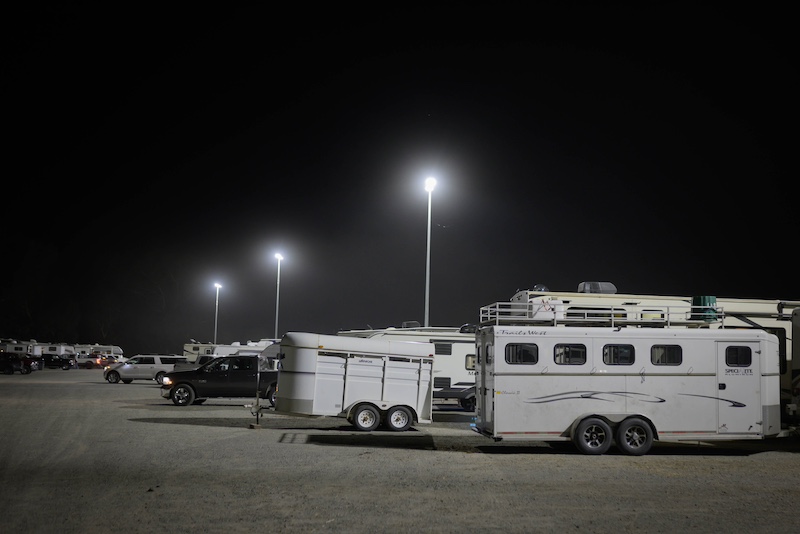
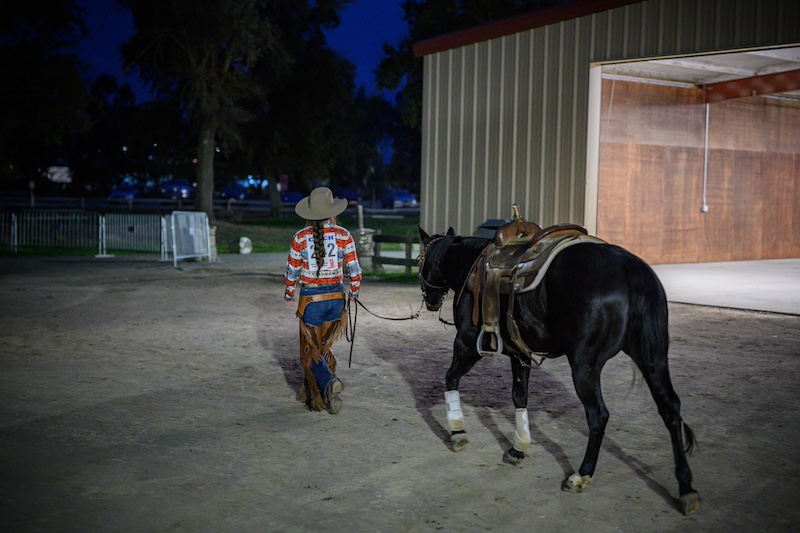
The EMS Stop The Hate initiative is made possible by funding from the California State Library (CSL) in partnership with the California Commission on Asian and Pacific Islander American Affairs (CAPIAA). The opinions expressed on this website and other materials produced by EMS do not necessarily reflect the official policies of CSL, CAPIAA, or the California government.
You may be interested in: To be or not to be: Spanish, Spanglish, English, young Latinos in the U.S. face yet another bullying


